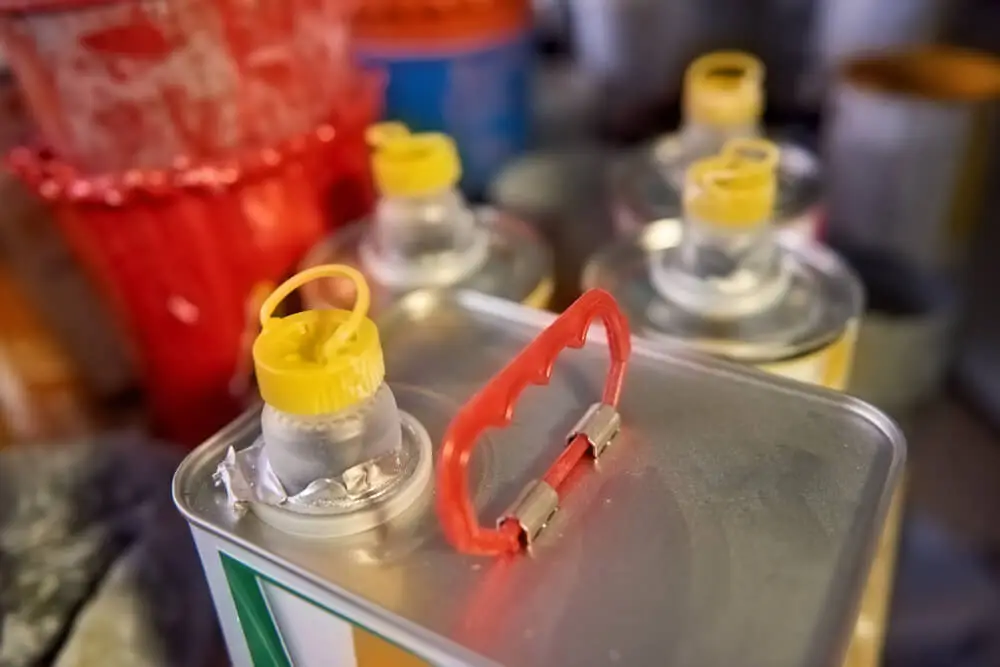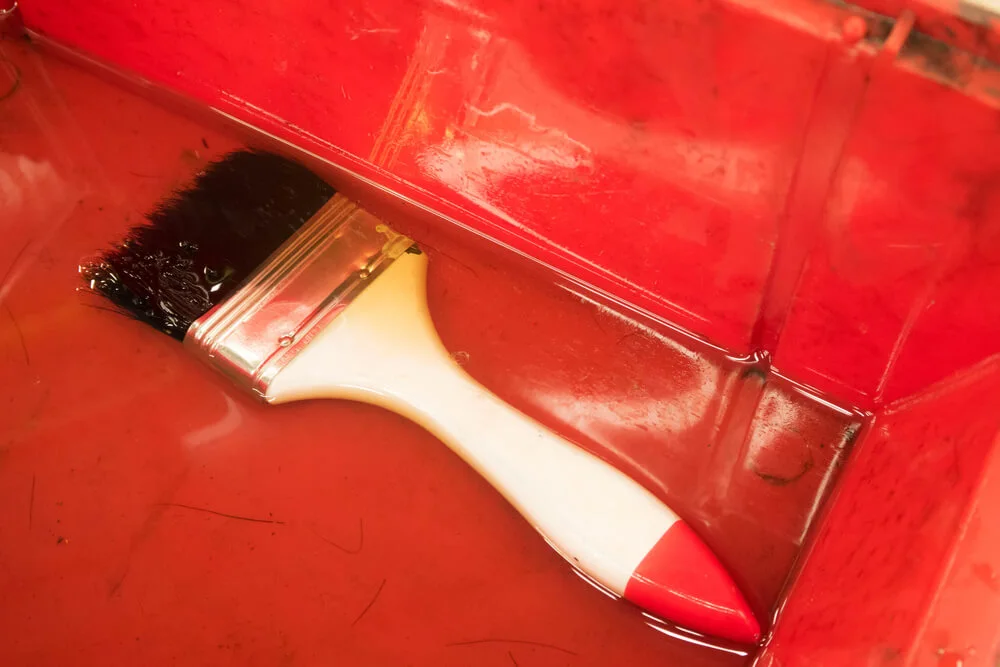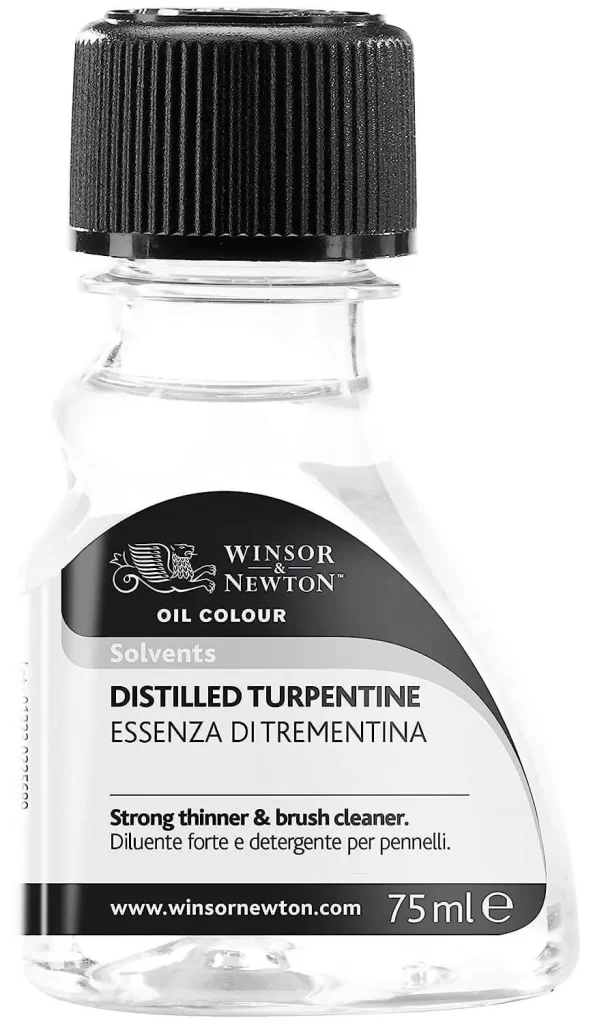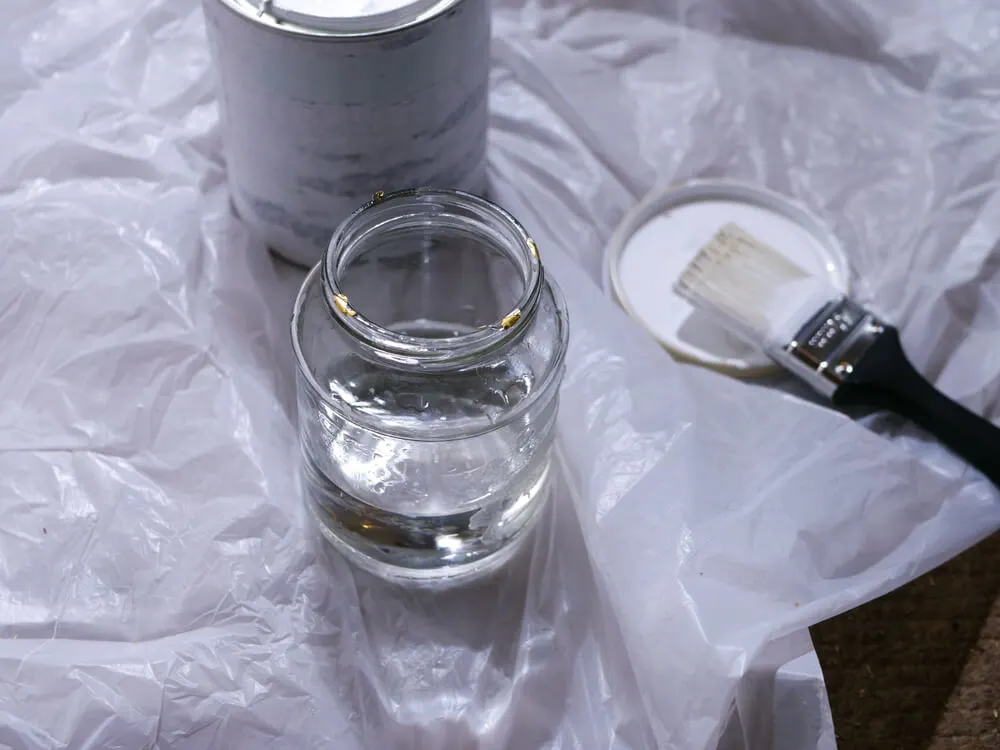Thinner Vs Turpentine – Key Difference
Have you ever found yourself believing that thinner and turpentine are one and the same? I can certainly relate to that experience. It was only when I started painting that I discovered the subtle but significant differences between these two solvents. It felt like being a kindergartener, wide-eyed with wonder, as I realized that thinner and turpentine are similar but not identical.
Let’s dive into the authentic distinctions between thinner and turpentine, and explore their respective advantages and disadvantages. By understanding these nuances of thinner vs turpentine, you’ll be better equipped to make informed decisions when it comes to mixing paints—an essential skill for any aspiring artist.
What is Thinner?
Thinner, as the name indicates, is generally used as a thinning agent for oil-based liquids. Thinner is frequently derived from petroleum and is made up of various alcohols, ethers, and other compounds including toluene, acetone, and naphtha. Its purpose is to lower the viscosity of such ingredients, making them simpler to apply and manipulate on the canvas.
Thinner’s versatility extends beyond this particular function, though. It also works well as a cleaning agent. Thinner comes to the rescue when paint stubbornly clings to brushes or surfaces, simply dissolving the paint and returning everything to perfect condition. Its flexibility makes it a must-have tool for artists, both throughout the creative process and when it comes time to clean up.

While it has its applications, there are numerous benefits and drawbacks associated with its handling and use. Here are some of the benefits and drawbacks of using thinner:
Advantages of Thinner:
- Synthetic: Thinner is a synthetic chemical that is used to dilute and thin paint.
- Dilution and Consistency: Thinner is excellent in achieving the proper consistency and dilution of oil-based paints, making them more controllable and useable.
- Faster Drying Time: By making the paint thinner, thinner speeds up drying, allowing painters to apply additional layers more rapidly.
- Cost-Effective: Thinner is frequently less expensive than other solvents, making it an inexpensive alternative for painters on a tight budget.
- Versatility: Thinner is a flexible alternative for artists and DIY enthusiasts since it can be used with a broad range of oil-based paints, varnishes, and wood stains.

Disadvantages of Thinner:
- Health hazards: Thinner includes volatile organic compounds (VOCs), which can be hazardous to human health if breathed or absorbed via the skin.
- Flammability: Thinner is very flammable and can catch fire. Its vapors are easily ignited, particularly in the presence of open flames, sparks, or heat sources.
- Environmental impact: Thinner is a hazardous substance that must be handled and disposed of correctly.
- Chemical interactions: Thinner can degrade some materials and surfaces due to chemical reactions. It has the ability to dissolve or soften plastics, rubber, and certain painted surfaces.
- Skin and eye irritation: Skin irritation, redness, and dryness can result from direct contact with thinner. In certain people, prolonged or repeated contact might cause dermatitis or allergic responses.
- Limited use: Thinner is mostly used for oil-based paints, varnishes, and stains. It should not be used to thin water-based or acrylic-based products.
What Is Turpentine?

Turpentine, In contrast, has profound roots in nature. Turpentine, which is derived from the resin or sap of pine trees by a process known as steam distillation, was initially used in lanterns and is typically associated with the odor of pine and wood.
Turpentine, well-known as an oil painting solvent, aids in the thinning of oil paints and varnishes, as well as the cleaning of brushes. In my experience, furthermore, its distinct ability to dry faster than other thinning agents has earned it a significant place in painters’ studios worldwide.
However, it is important to remember that turpentine has advantages and disadvantages as well. Here is a list of turpentine’s advantages and disadvantages:
Advantages of Turpentine:
- Natural Solvent: Turpentine is a natural solvent that is generated from the resin of pine trees.
- Effective Solvent: Outstanding paint solvent qualities
- Cleaning agent: Turpentine may be used as a cleaning agent to remove stains from surfaces such as grease, oil, or paint.
- Woodworking and furniture restoration: Turpentine is often used in furniture repair and woodworking.
- Natural alternative: Turpentine is generated from natural sources, offering it a natural alternative to synthetic solvents or chemical-based goods.
- Biodegradable: It is natural and biodegradable.

Disadvantages of Turpentine:
- Toxicity and Health Hazards: Turpentine is poisonous and can cause health problems if not handled appropriately. Inhaling turpentine vapors can induce respiratory irritation as well as dizziness, headaches, and nausea.
- Skin and Eye Irritation: Turpentine is a skin irritant that can cause redness, itching, and dryness.
- Strong Odor: Turpentine has a strong and pungent odor, which may be overbearing and unpleasant for some people.
- Expensive: Expensive in comparison to alternative solvents.
Thinner Vs Turpentine – Which one is better?
Turpentine and paint thinner both function brilliantly when it comes to diluting oil-based paints. Turpentine is well-known to improve the overall quality of the finished product by providing a greater shine and adhesion to the paint. However, due to its strong odor and greater price, it may not be suitable for everyone.
Paint thinner is generally selected for large-scale projects and individuals with sensitive noses due to its less powerful odor and lower price. However, the finish may fall short of that of turpentine-thinned paint. When it comes to cleaning brushes and other painting utensils, both solvents work well, effectively eliminating wet paint and softening dried residue.
Whether you choose paint thinner or turpentine is mostly determined by the necessities of your project, personal health concerns, and environmental attitude. Both have distinct qualities, strengths, and limitations, and recognizing them can assist you in making a better educated selection.
Alternatives to Thinner and Turpentine
Many people are looking for alternatives to standard paint thinners and turpentine because of possible health hazards, environmental repercussions, or for other reasons. Paint thinner and turpentine have gained favor as safer and more ecologically friendly alternatives to standard solvents. Water-based paints are a popular alternative since they contain less volatile organic compounds (VOCs) and provide good coverage and color possibilities.
Citrus-based solvents are non-toxic, biodegradable, and have a nice citrus fragrance. Bio-based solvents produced from renewable resources have low toxicity and are appropriate for a wide range of applications. Isopropyl alcohol is a popular and inexpensive solvent for cleaning brushes and removing paint. Mineral spirits with low VOC concentration and odor are a better alternative to standard thinners. These alternatives provide equivalent efficacy while posing no risk to human health or the environment.
FAQs – Thinner Vs Turpentine
Conclusion
Whether you’re an aspiring artist or an experienced painter, gaining insight into the intricacies of “Thinner vs Turpentine” will empower you to make informed choices and unlock new possibilities in your artistic endeavors. Both solvents have benefits and drawbacks. Thinner is a common alternative for diluting oil-based paints and cleaning brushes due to its efficacy, adaptability, and slower evaporation.
Turpentine, on the other hand, is a more natural and traditional alternative with a distinct aroma, appealing to people who value its historical relationship with oil painting techniques as well as its ecologically benign features. Consider the unique needs of your project, your personal preferences, and safety considerations when deciding between paint thinner and turpentine.

